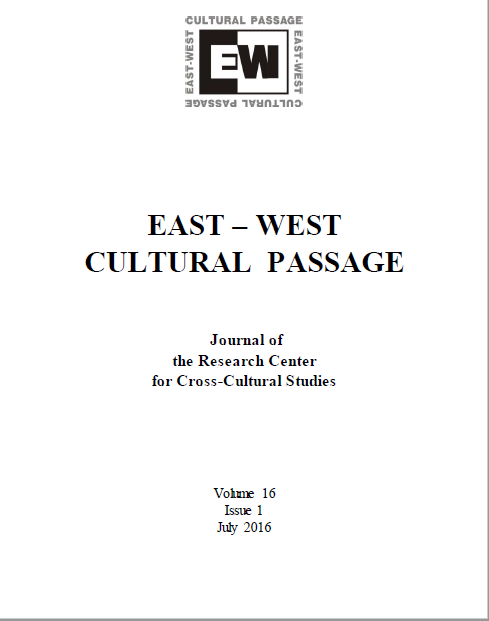Reading Early Modern Theatrical Performance and a Skimmington at Horn Fair: Evidence from Sibiu
Reading Early Modern Theatrical Performance and a Skimmington at Horn Fair: Evidence from Sibiu
Author(s): Michael HattawaySubject(s): Theatre, Dance, Performing Arts, Visual Arts, Other Language Literature, 18th Century
Published by: Editura Universitatii LUCIAN BLAGA din Sibiu
Keywords: Horn Fair; booth theatres; skimmingtons; Jan Griffier; William Shakespeare;
Summary/Abstract: A painting of about 1700 by Jan Griffier in the Brukenthal Museum in Sibiu, Transylvania, shows a view of London with Horn Fair, near Greenwich, in the foreground. At Horn Fair, held each year on 18 October, cuckolds with their wives and lovers, all wearing horns, processed from Deptford to Charlton, where the fair was held. At its entrance a large effigy of a male figure, wearing antlers and holding bull’s horns, is erected above the gate. Behind there may be a two-storey building for sexual assignations. The procession includes a skimmington with ‘rough music.’ Originally a ritual humiliation for wayward women and their unfortunate husbands, skimmingtons often became triumphal celebrations of sexual liberty. Beyond the procession is a booth theatre, with actors on the stage – one of only two portrayals of this widespread form of representation. I relate Horn Fair to relevant pamphlets and ballads, to other Early Modern inversion rituals, the Shrovetide apprentice riots, for example, to details of other paintings held in the Brukenthal, to the skimmington inserted into Brome and Heywood’s The Late Lancashire Witches, and to The Merry Wives of Windsor and As You Like It. I conclude with an account of a recent booth theatre production of King Lear.
Journal: East-West Cultural Passage
- Issue Year: 16/2016
- Issue No: 1
- Page Range: 36-63
- Page Count: 28
- Language: English
- Content File-PDF

